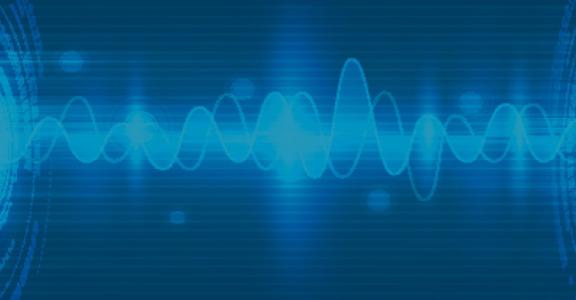Learn 5G, antenna design, and wireless standards for today’s mobile tech careers.
Skills you will gain
- Describe legacy receiver and transmitter architectures
- Explain the fundamentals of AM and FM modulation both from a receiver and transmitter
- Discuss contemporary digital modulation techniques such as QAM, TDMA, CDMA, GSM, and OFDM as used in 5G
- Demonstrate Phase Lock Loops: how they work and how they are used in today’s radios
- Describe in detail modern antennas used in cell phones, wifi etc. design of multi band single feed antennas
- Evaluate transmission standards
Course Description
This course has a fundamentals based approach, designed to give students the knowledge and skills they need in a competitive job market covering wireless communications and standards, in particular 5G, as well as antenna and transceiver design principles and practices for mobile devices.
The course briefly reviews amplitude modulation (AM) and frequency modulation (FM), which are essential in understanding IQ modulation used in virtually all modern radios (WiFi, OFDM, CDMA, TDMA, 4g, 5g, etc.). Building on these fundamentals, the course examines the industry’s digital wireless standards, including but not limited to IS-136, IS-95, Bluetooth, 4G, 5G, 802.11(a, g, n), and long term evolution (LTE).
It is equally important to understand antenna design and here you will learn about antenna trade-off considerations for cellphones, Bluetooth, and WiFi, including antenna size versus range on various configurations, dipoles, dish, beams, phase arrays, and slotted antennas. The course will analyze the practical designs used in the Apple iPhone and Samsung Galaxy. Instruction emphasizes an intuitive understanding of the fundamentals, rather than complex mathematics, and industry insights from an experienced professional.
Prerequisites / Skills Needed
A general background in electrical engineering and networking.
- Flexible Attend in person or via Zoom at scheduled times.
| Date | Start Time | End Time | Meeting Type | Location |
|---|---|---|---|---|
| Tue, 01-20-2026 | 6:30pm | 9:30pm | Flexible | SANTA CLARA / REMOTE |
| Tue, 01-27-2026 | 6:30pm | 9:30pm | Flexible | SANTA CLARA / REMOTE |
| Tue, 02-03-2026 | 6:30pm | 9:30pm | Flexible | SANTA CLARA / REMOTE |
| Tue, 02-10-2026 | 6:30pm | 9:30pm | Flexible | SANTA CLARA / REMOTE |
| Tue, 02-17-2026 | 6:30pm | 9:30pm | Flexible | SANTA CLARA / REMOTE |
| Tue, 02-24-2026 | 6:30pm | 9:30pm | Flexible | SANTA CLARA / REMOTE |
| Tue, 03-03-2026 | 6:30pm | 9:30pm | Flexible | SANTA CLARA / REMOTE |
| Tue, 03-10-2026 | 6:30pm | 9:30pm | Flexible | SANTA CLARA / REMOTE |
| Tue, 03-17-2026 | 6:30pm | 9:30pm | Flexible | SANTA CLARA / REMOTE |
| Tue, 03-24-2026 | 6:30pm | 9:30pm | Flexible | SANTA CLARA / REMOTE |
This class meets simultaneously in a classroom and remotely via Zoom. Students are expected to attend and participate in the course, either in-person or remotely, during the days and times that are specified on the course schedule. Students attending remotely are also strongly encouraged to have their cameras on to get the most out of the remote learning experience. Students attending the class in-person are expected to bring a laptop to each class meeting.
To see all meeting dates, click "Full Schedule" below.
You will be granted access in Canvas to your course site and course materials approximately 24 hours prior to the published start date of the course.
Recommended Texts:
The Design of CMOS Radio-Frequency Integrated Circuits; Thomas H. Lee; Cambridge University Press, 2004. ISBN: 9780521835398
Electronic Communication; Robert L. Shrader; McGraw-Hill Science, 1991.
The ARRL Handbook for Radio Amateurs 2000; American Radio Relay League; ARRL, 1999. ISBN: 9780872591837
This course applies to these programs:






